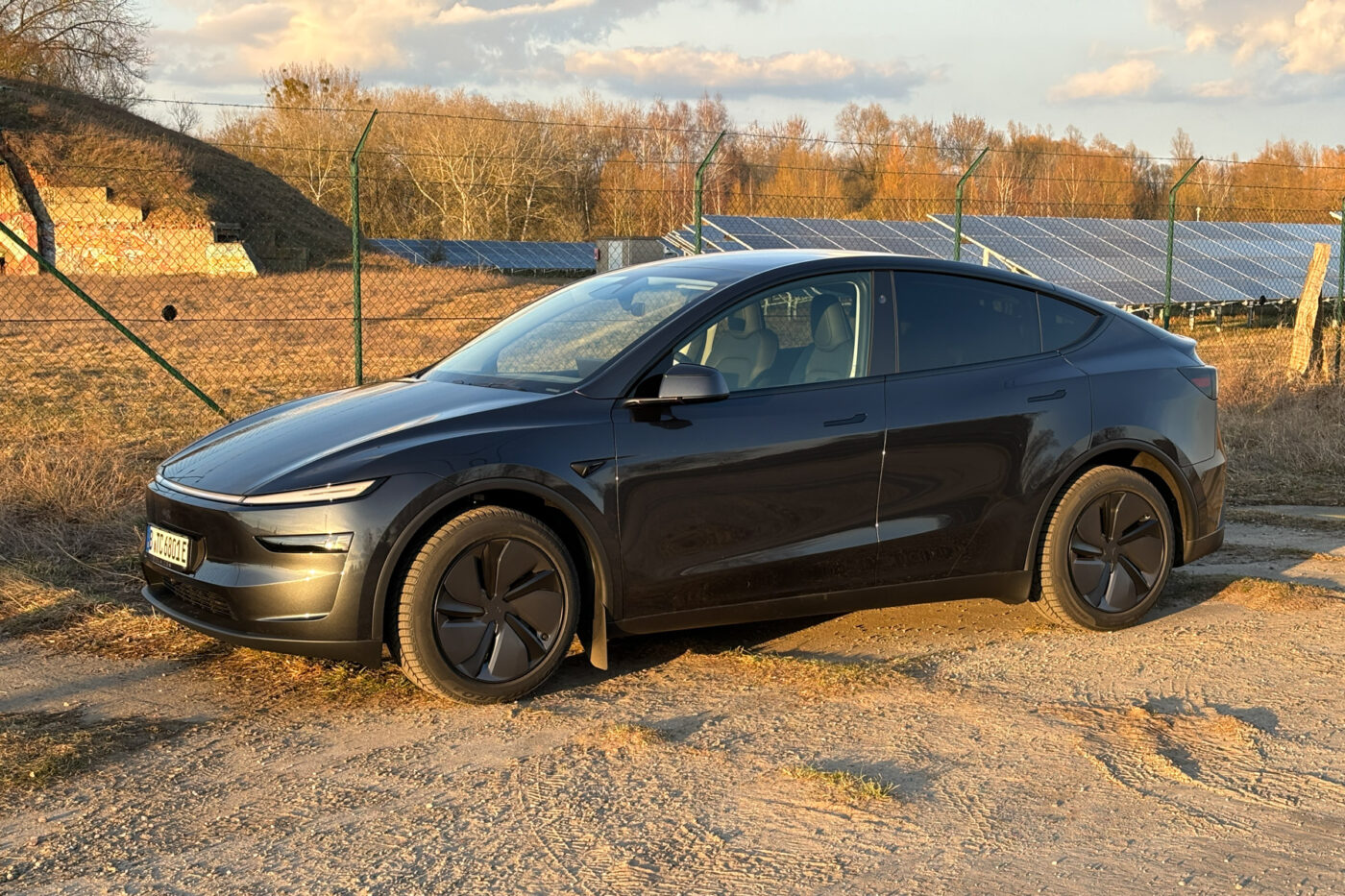New EV registrations in the EU rose by nearly a quarter
For comparison: in Q1 2024, BEVs accounted for just 12 per cent of new registrations. At the same time, the overall market contracted by 1.9 per cent, according to ACEA’s quarterly statistics. However, the March figures show a minimal year-on-year decline of just 0.2 per cent – a stabilisation compared to the sharper drops of -2.6 and -3.4 per cent seen in January and February, respectively. ACEA highlights that ‘the global economic context remains particularly challenging and unpredictable for automakers’.
Three of the EU’s four largest markets, which together account for 63 per cent of all BEV registrations, posted robust growth: Germany (+38.9%), Belgium (+29.9%), and the Netherlands (+7.9%). In contrast, France saw a decline of 6.6 per cent.
Diesel registrations fall behind electric cars
Other drivetrain types also showed positive trends in Q1: plug-in hybrids (PHEVs) rose by 1.1 per cent to 207,048 units, driven largely by growth in Germany (+41.8%) and Spain (+30.7%). However, the EU-wide market share of PHEVs only edged up slightly from 7.4 to 7.6 per cent.
Hybrid electric vehicles remained the most popular powertrain overall, with registrations up by 20.7 per cent. Their market share now stands at 35.5 per cent – ahead of petrol cars at 28.7 per cent. The combined market share of petrol and diesel vehicles dropped from 48.3 to 38.3 per cent year-on-year. While diesel still led over BEVs in Q1 2024 (354,755 vs. 333,428), electric vehicles have now pulled ahead, with 412,997 new registrations in Q1 2025 compared to just 258,728 diesel-powered cars.
In fact, diesel cars failed to reach six-figure registrations in any single month this quarter.
Turning to March specifically, ACEA recorded 157,505 new BEVs – a 17.1 per cent increase. Growth was higher in January and February (34 and 23.7 per cent respectively), although absolute volumes were lower. Early 2024 figures were dampened by the sudden end of Germany’s EV subsidy scheme.
Germany was again the EU’s largest EV market in March, registering 42,521 BEVs (+35.5%). It was followed by France (29,261 BEVs, -13.9%), Belgium (13,650 BEVs, +16.6%) and the Netherlands (11,195 BEVs, -14.1%). The biggest percentage growth came from the Czech Republic, which saw a 265.2 per cent increase – albeit from a low base of 382 units in March 2024 to 1,395 this year. Also notable were gains in Italy (9,369 BEVs, +74.8%) and Spain (8,101 BEVs, +93.0%). Romania recorded the sharpest drop, down 58.6 per cent from 660 to 273 units.
However, the largest EV market in Europe is no longer within the EU: the United Kingdom tops the ACEA chart with 69,313 new electric cars registered in March, up 43.2 per cent. Including the UK and EFTA countries (Iceland, Norway, Switzerland and Liechtenstein), March saw a total of 242,913 new BEVs registered across Europe – a 23.6 per cent increase.
Tesla and Smart see Steep declines
ACEA does not break down registrations by powertrain per manufacturer, meaning only pure-play EV makers can be directly compared. Tesla registered 36,167 vehicles in the EU in Q1 – a drop of 45 per cent compared to the same period in 2024. In March alone, Tesla’s registrations fell by 36.0 per cent to 18,224 units. The coming months will be telling, especially with deliveries of the refreshed Model Y Juniper now underway.
Another EV-only brand, Smart, saw an even steeper decline. Registrations dropped by 65.4 per cent in Q1, from 6,576 to 2,275 units. In March, the fall was 76.8 per cent – just 556 Smarts were registered, compared to 2,398 in the same month last year.
acea.auto (PDF)





0 Comments